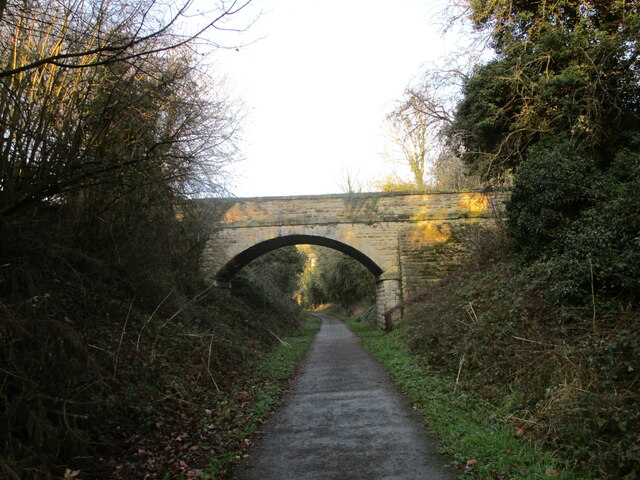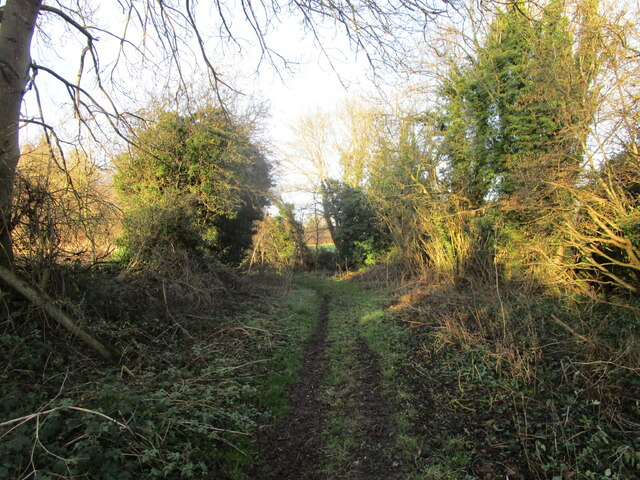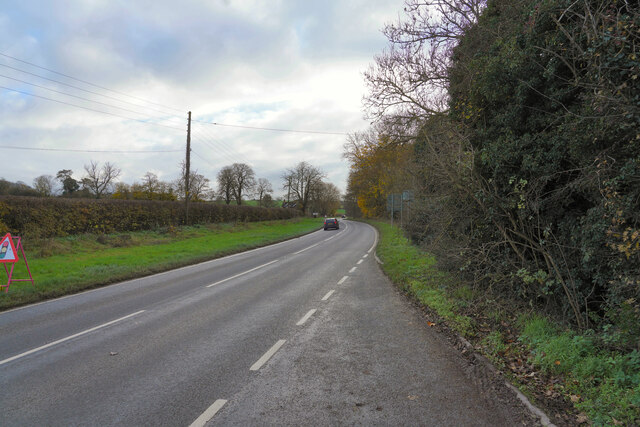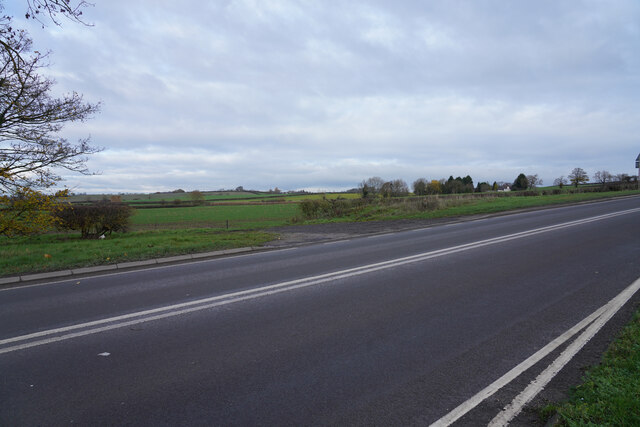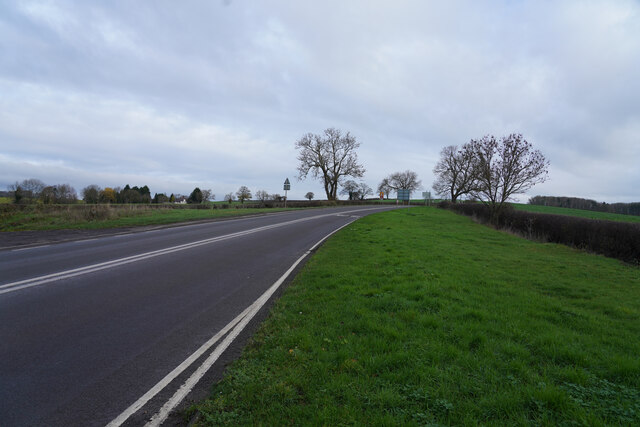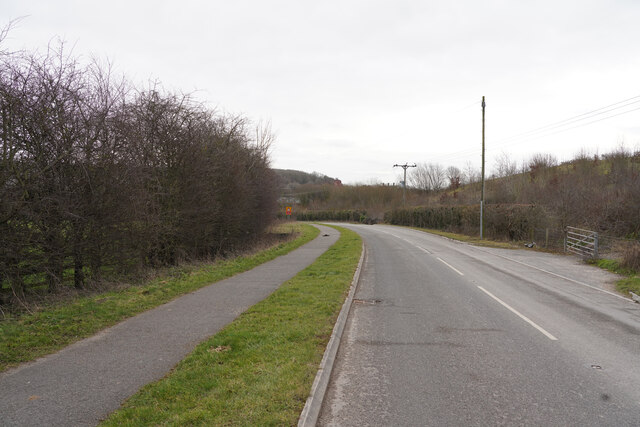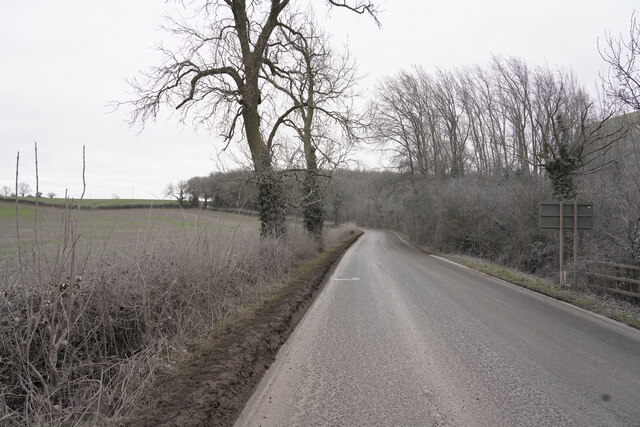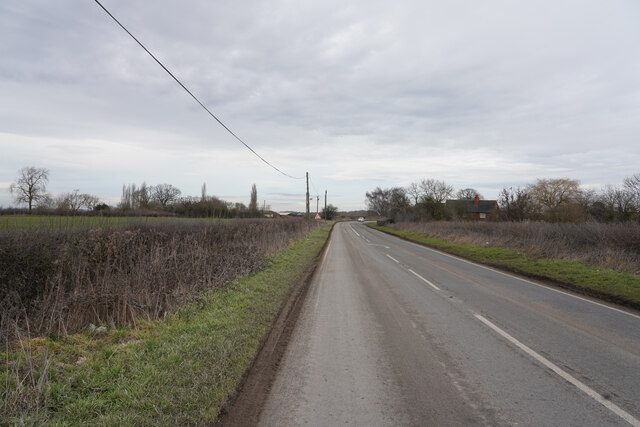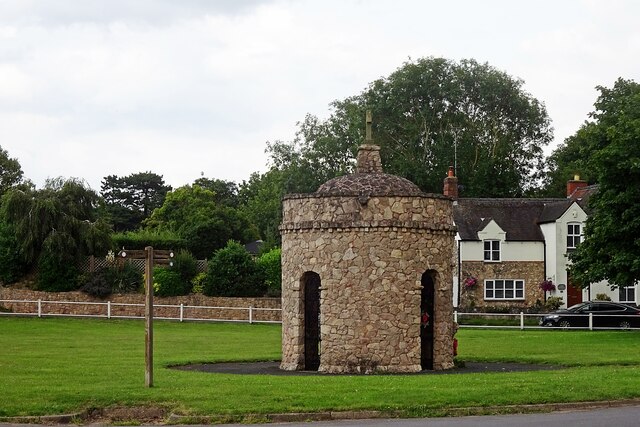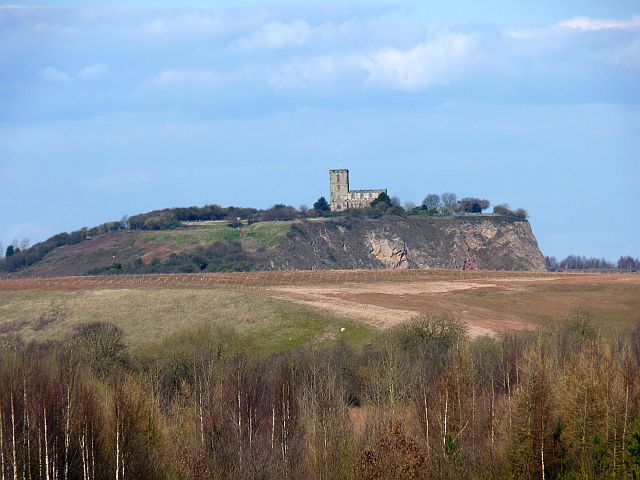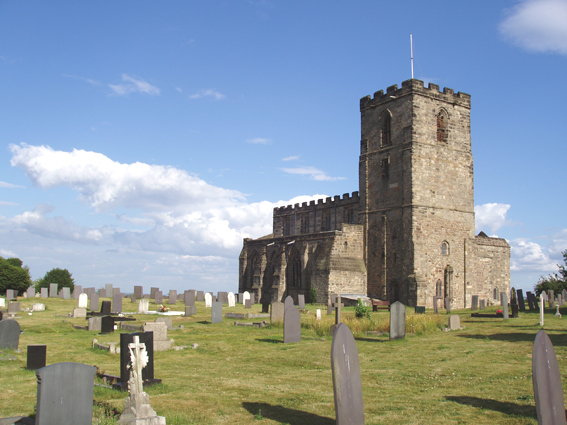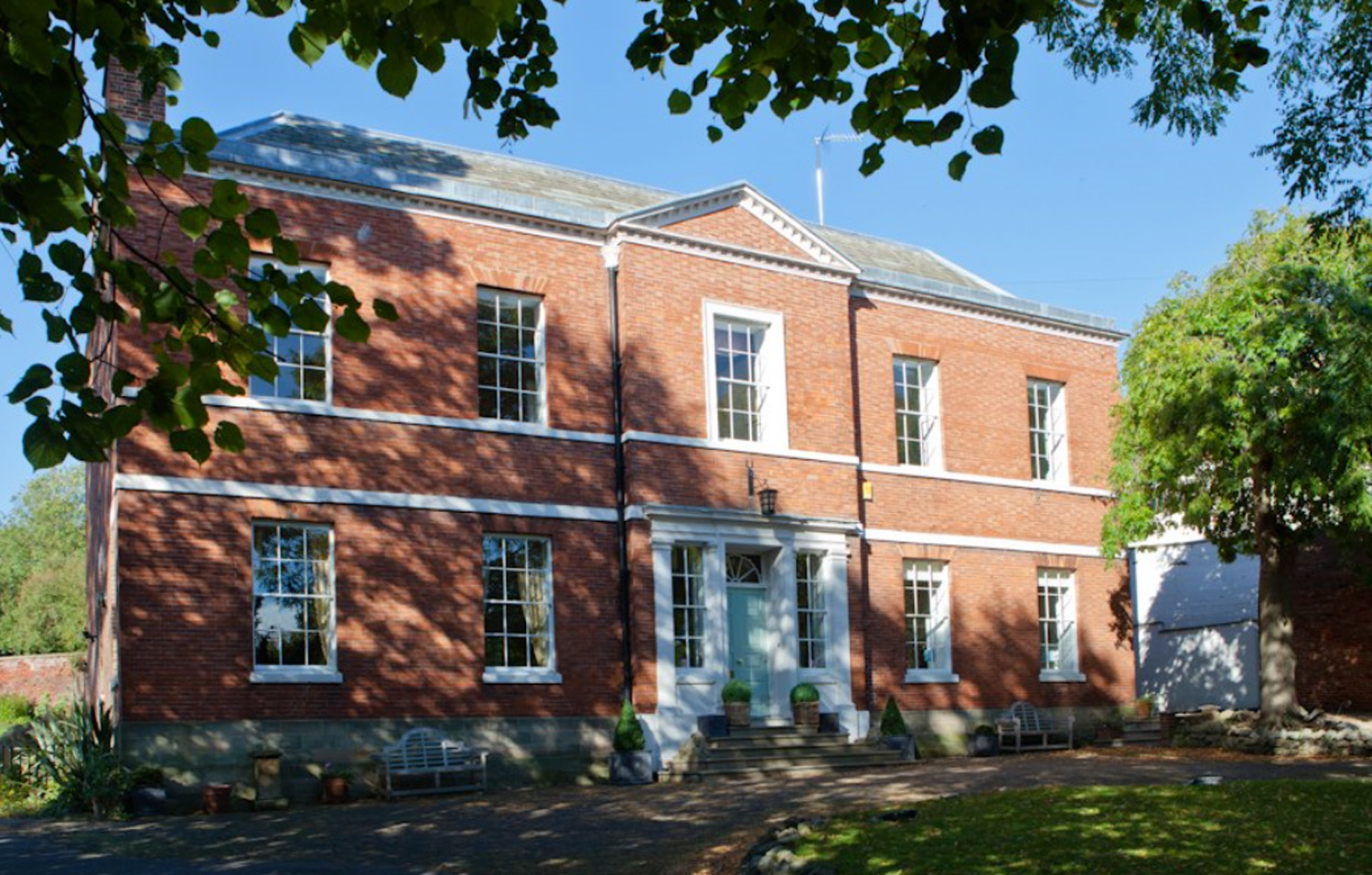Breedon on the Hill
Settlement in Leicestershire North West Leicestershire
England
Breedon on the Hill
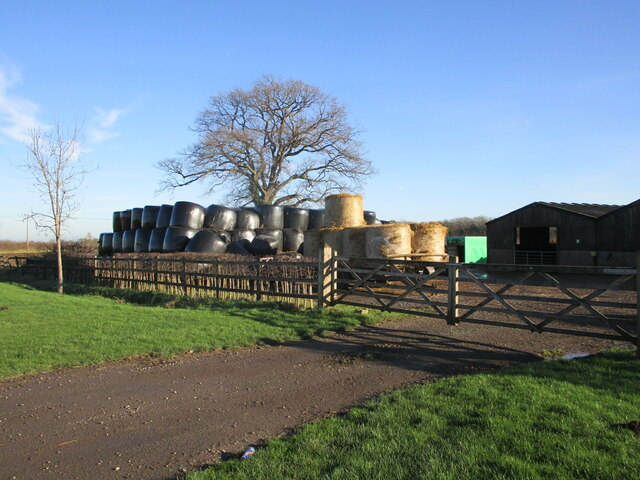
Breedon on the Hill is a small village located in the county of Leicestershire, England. Situated on a hilltop, the village offers picturesque views of the surrounding countryside. It is approximately 8 miles southwest of the city of Derby and 12 miles southeast of the city of Derby.
The village is known for its historic significance, as it is home to the ruins of Breedon Priory, an ancient religious site dating back to the 7th century. The priory was founded by Saint Hardulph and was an important place of worship during the medieval period. Today, the ruins are a popular tourist attraction and provide insight into the region's rich history.
Breedon on the Hill also boasts a close-knit community and a range of amenities. The village has a primary school, a village hall, and a local pub, the Hollybush Inn, which serves as a gathering place for residents and visitors alike. The village is surrounded by beautiful countryside, making it an ideal location for outdoor enthusiasts to explore the nearby woodlands and walking trails.
In addition to its historical and natural attractions, Breedon on the Hill is conveniently located near major transport links. The village is easily accessible via the A42 and A511 roads, and the nearby East Midlands Airport provides convenient air travel options for residents and visitors.
Overall, Breedon on the Hill offers a tranquil and scenic setting, a rich history, and a warm community atmosphere, making it a charming place to live or visit in Leicestershire.
If you have any feedback on the listing, please let us know in the comments section below.
Breedon on the Hill Images
Images are sourced within 2km of 52.802053/-1.398325 or Grid Reference SK4022. Thanks to Geograph Open Source API. All images are credited.


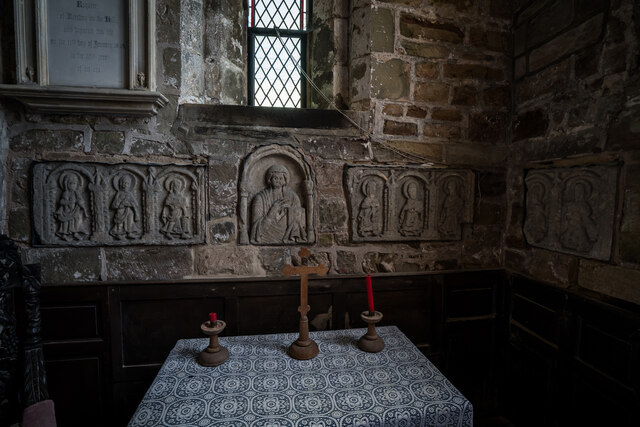
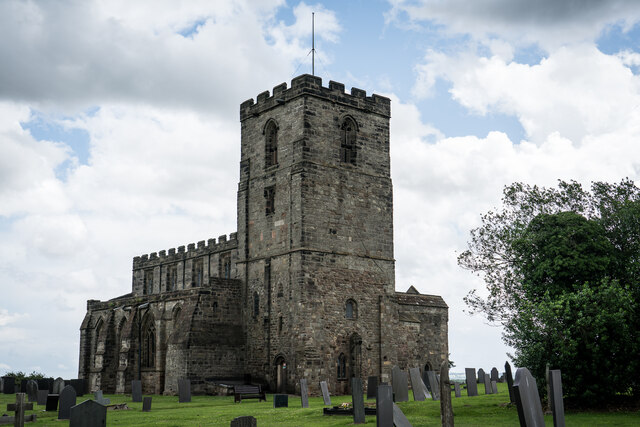
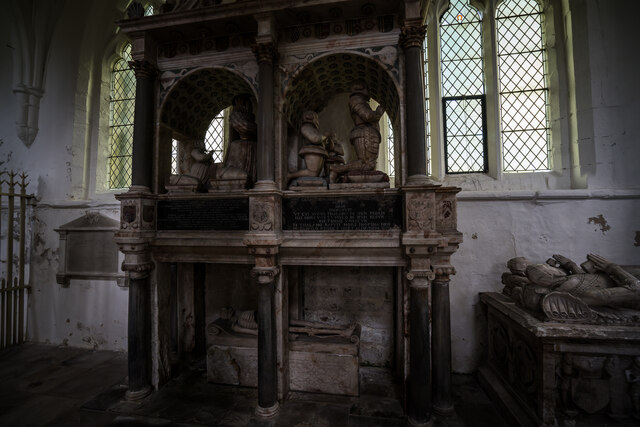
Breedon on the Hill is located at Grid Ref: SK4022 (Lat: 52.802053, Lng: -1.398325)
Administrative County: Leicestershire
District: North West Leicestershire
Police Authority: Leicestershire
What 3 Words
///each.caused.often. Near Melbourne, Derbyshire
Nearby Locations
Related Wikis
Breedon on the Hill
Breedon on the Hill is a village and civil parish about 5 miles (8 km) north of Ashby-de-la-Zouch in North West Leicestershire, England. The parish adjoins...
Breedon Hall
Breedon Hall, Breedon on the Hill in north-west Leicestershire, is a house of historical significance and is listed on the English Heritage Register. In...
Breedon Hill
Breedon Hill is a 5.3-hectare (13-acre) biological Site of Special Scientific Interest on the northern outskirts of Breedon on the Hill in Leicestershire...
Church of St Mary and St Hardulph, Breedon on the Hill
The Priory Church of St Mary and St Hardulph is the Church of England parish church of Breedon on the Hill, Leicestershire, England. The church has also...
Nearby Amenities
Located within 500m of 52.802053,-1.398325Have you been to Breedon on the Hill?
Leave your review of Breedon on the Hill below (or comments, questions and feedback).
